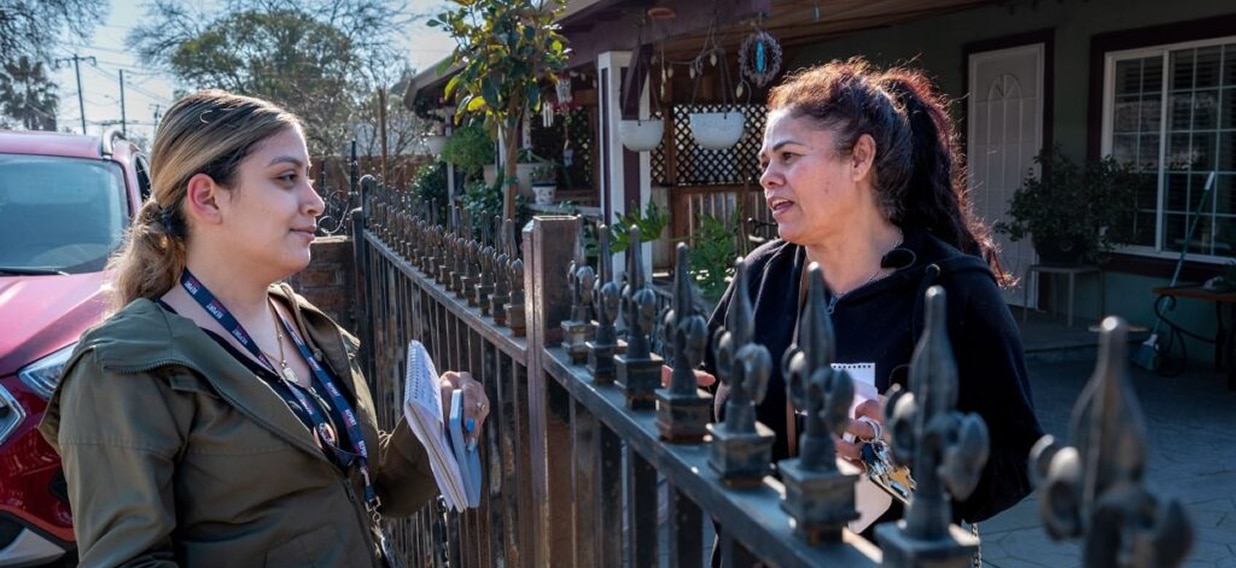Building a rural news audience can be particularly challenging, especially when internet access may be limited. That’s why Shasta Scout, a nonprofit newsroom based in Shasta County, California, explored direct mail as a way to build connections with residents.
With support from INN and Indiegraf, Shasta Scout was able to compare Facebook ads and direct mail as methods to reach those audiences. A case study released today shows that while physical outreach can close those gaps and engage offline communities, it’s costly to do so.
Shasta Scout used USPS Every Door Direct Mail to mail postcards to 6,977 households in rural Shasta County, California, in January 2024. The campaign targeted rural zip codes that had been poorly served by local news in the past. To combat this mistrust, the 6.5”x9.5” print mailer delivered a clear, simple message about Shasta Scout’s dedication to independent, reliable local news, plus a call to action directing recipients to a special landing page, shastascout.org/free, which tracked visits and newsletter subscription conversions.


As a comparison, Shasta Scout partnered with publishing technology and growth services provider Indiegraf earlier to run a campaign using Facebook Lead Ads. Facebook campaigns were cheaper per lead ($3-$8) but faced typical digital limitations: rising costs over time and limited reach in offline communities.
“Recent research by INN has shown how dedicated member newsrooms are to serving communities that have been left behind by other news outlets,” said Sam Cholke, INN’s manager of distribution and audience growth. “The experiment from Shasta Scout through INN’s partnership with Indiegraf makes important contributions to conversations about the resources needed to not just rebuild trust, but rebuild the distribution systems necessary to get the news to the communities that need it.”
A year later, there are clear benefits and drawbacks any news organization hoping to reach rural audiences can learn from:
- Direct mail did successfully reach rural audiences, with nearly 2% taking action based on the postcard and half of those that did committing to a longer relationship with the Shasta Scout.
- Costs for direct mail were not comparable to Facebook ads, with costs per newsletter subscriber many times higher, limiting practical applications for a sustainable development strategy.
- Conversion to donors among direct mail recipients was low, adding momentum to concerns that an expansion of current donor bases could not keep pace with the costs of reaching and serving the rural parts of the community.
Read the case study to learn how local news outlets can adopt both digital and non-digital strategies to engage rural audiences.





